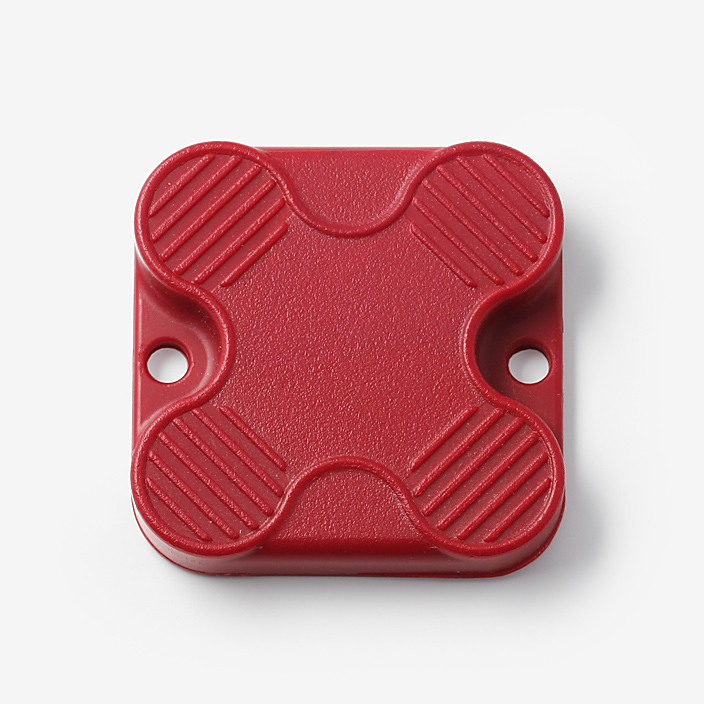RFID in inventory management
What is the benefit of the use of RFID transponders in the field of warehouse management and what are the advantages of RFID technology over barcodes? This question has also been occupying intralogistics for quite some time. In principle, more information is available with the conventional use of RFID. Logistical as well as production processes can also be optimized faster and promptly through the lively exchange of information between the RFID transponders. The radio transmission via RFID technology ensures that, for example, the material-accompanying information flow (inventory management) is reconciled with other, usually superior systems without time delay.

RFID solutions
For custom requirements, please send us your specifications.
Mit Industrie 4.0 oder dem Internet der Dinge (IoT) wird die automatische Steuerung und das Erfassen beziehungsweise Tracking von Produkten innerhalb ihres gesamten Lebenszyklus forciert. Um Produkte lückenlos und in „Echtzeit“ verfolgen zu können, setzen Handel, Produktion und Logistik zunehmend auf die RFID-Technologie. Besonders gut eignet sich die Funktechnologie für einen durchgängigen Informationsfluss; wenn also Informationen automatisch abgegriffen werden. Hierfür müssen allerdings aktive Transponder eingesetzt werden. Sie senden und empfangen gleichzeitig und tauschen sich permanent mit Sende-Empfänger-Einheiten aus. Letztere sind in vielen Fällen bereits mit einem Warehouse-Management-System, einem ERP-System oder, direkt am Point-of-Sale (PoS), mit einem kaufmännischen System verbunden.
Expectations of RFID technology
- Accelerate processes
- Simplify processes
- Increase in performance/throughpower
- Minimize reading errors
- Information content, improving information flow
- Increase transparency
Decisive advantages of RFID technology are
- Contactless identification (even without visual contact)
- Transmission and reception signals penetrate through various materials (cardboard, wood, plastic, clothing fabrics)
- Transponder can be read and written
- In some cases, the capture of RFID-endowed objects is up to 20 times faster than the barcode
- Simultaneous detection (in the pulk) of many transponders
- Shape and size of the transponder are adjustable in some cases
- Transponders can be implemented directly into the product
- High security through copy protection
- Encryption of information
- Data can be stored directly on the chip - no external database is necessary
- The reading of an RFID tag is possible even if it is dirty
- The placement of the object to be captured is less problematic than the barcode. It is sufficient if the object is within the reading distance of the recording unit
Barcode and RFID: two technologies, one intralogistic world
In the future, up-to-date and future-proof logistics projects will require a wealth of information about the product itself, the current product status, product quality and process progress. A decisive advantage of RFID is that information can be carried directly on the product and supplemented in the process flow. The information does not have to be sent in parallel, as with the barcode, for example by means of notification, and stored in a database. Rather, all information can be stored on the RFID tag independently of the system, retrieved and, if required, taken over by the system provided for this purpose. However, the mentioned system must be able to interpret and read the data structure.
Another advantage of RFID tags is the possibility of perceiving environmental influences or physical quantities (environmental measurement). For example, vibrations and temperatures can be measured, stored and read out in terms of data technology. For this purpose, the tags are equipped with additional components, so-called sensors (sensor RFID). For example, if goods have to be transported within a specified cold chain, the RFID tag stores any temperature deviations by means of sensors. They are either transmitted to the recipient during transport via a mobile phone interface or read directly at the incoming goods. In extreme cases, the recipient could refuse delivered goods before storage due to the so-called "break in the transport chain".